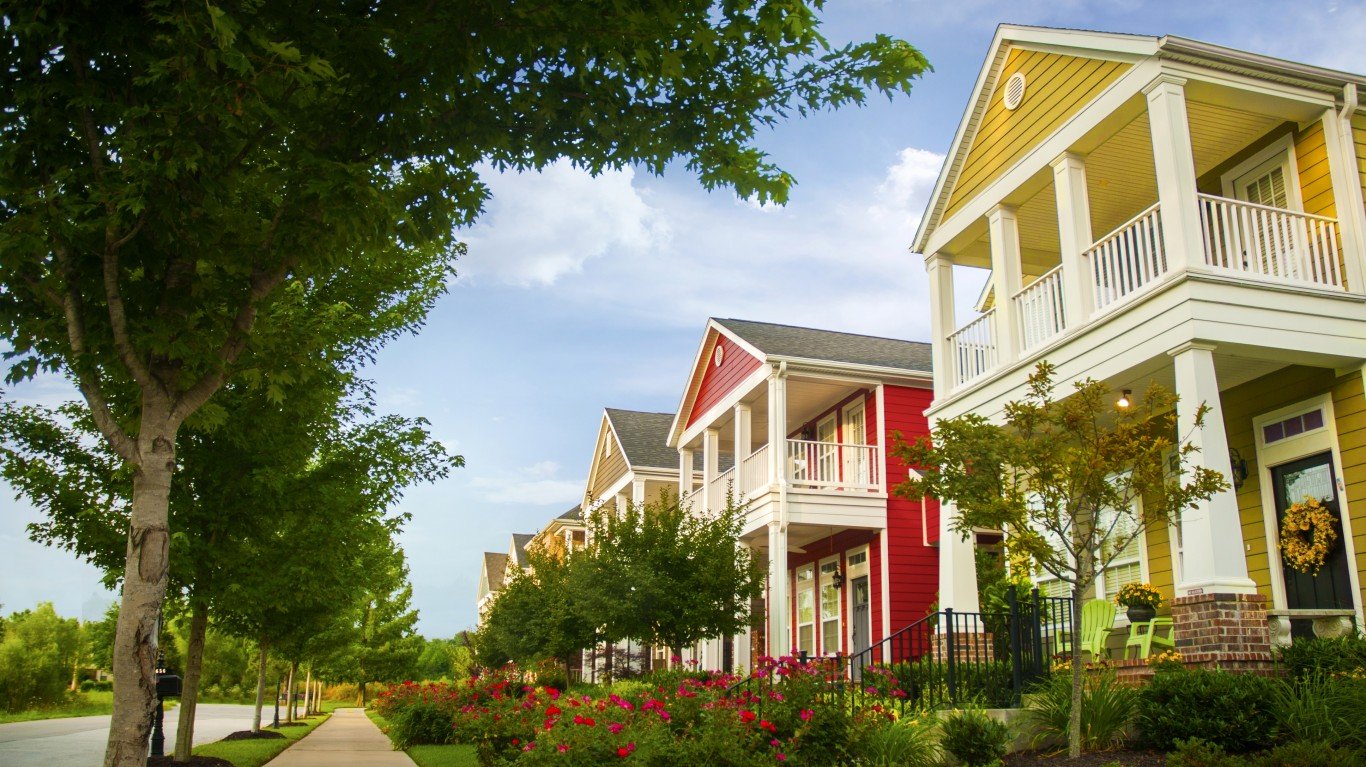

A recently released report shows that in some American cities, the lifespan can be nearly 30 years longer in one neighborhood than in another. In fact, the span is over 20 years in 56 of the 500 largest U.S. cities.
Researchers in the Department of Population Health at NYU School of Medicine set the city neighborhood life expectancy measure. They used data from the City Health Dashboard, another nonprofit organization. Their core conclusion: “The research team analyzed Dashboard data to identify factors associated with large gaps in average life expectancy across neighborhoods in 500 U.S. cities.
They found that cities with greater degrees of racial and ethnic segregation more often had alarming disparities in life expectancy across different census tracts, which often are used as proxies for neighborhoods in public health research.” While there is no such thing as the perfect city, the United States is full of places with few, if any, strengths — these are the worst cities to live in America.
The gap was huge in some of America’s largest cities. In Chicago, the difference between the neighborhoods with the longest life expectancy level and the shortest was 30.1 years. In Washington, D.C., the number was 27.5 years. In New York, it was 27.4 years. In New Orleans and Buffalo, the figure was 25.8 years. The researcher used an example to point out the gulf: In New York City, a highly segregated city by race and ethnicity, people in East Harlem live an average of 71.2 years but people in the nearby Upper East Side live to 89.9 years.
In several cities, the difference was fairly small. The closest five life expectancy gaps were in Cicero, Illinois, (4.5); Lynwood, California, (4.8); Livermore, California, (5.1); and Meridan, Idaho, (5.3).
In a final statement about the results, Benjamin Spoer, Ph.D., MPH, from the Department of Population Health at NYU Langone Health, stated, “We’ve known for a while that conditions in our neighborhoods can have a profound influence on how long and how well we live. But we were surprised to see just how large the gap in life expectancy can be between neighborhoods, and how strong the link was between life expectancy and segregation, across all different kinds and sizes of cities.” The comment came without a solution.
Life expectancy in the United States has been increasing, except for the last two years when it dropped because of spikes in opioid deaths. The increase in life expectancy at birth, as well as the likelihood of living a long life, vary considerably across the United States — and these are the states where people live the longest.
Sponsored: Want to Retire Early? Here’s a Great First Step
Want retirement to come a few years earlier than you’d planned? Or are you ready to retire now, but want an extra set of eyes on your finances?
Now you can speak with up to 3 financial experts in your area for FREE. By simply clicking here you can begin to match with financial professionals who can help you build your plan to retire early. And the best part? The first conversation with them is free.
Click here to match with up to 3 financial pros who would be excited to help you make financial decisions.
Thank you for reading! Have some feedback for us?
Contact the 24/7 Wall St. editorial team.



